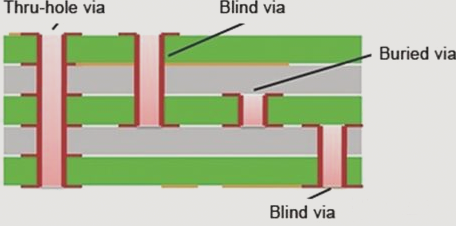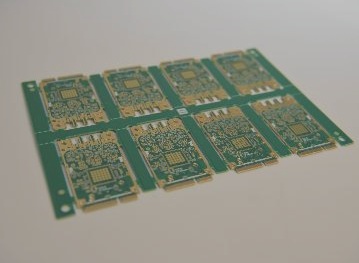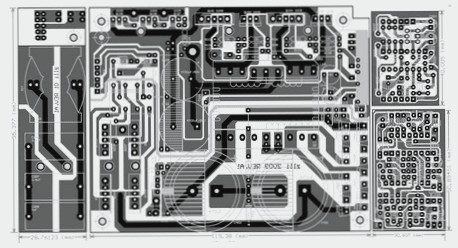PCB Copy Board Layout Tips for Optimal Performance
1. Component Positioning
- Position power sockets, switches, indicators, and interfaces aligning with mechanical dimensions.
- Place power supply connections 3mm to 5mm away from the PCB edge.
- Position LEDs, switches, and fine-tuning components strategically for easy adjustment and connection.
- Locate components needing frequent replacement in easily accessible areas.
- Ensure proper placement of high-power components for ventilation and heat dissipation.

2. Circuit Design Considerations
- Arrange test points for easy access and minimal interference.
- Separate low-frequency amplifiers from power supply parts to avoid interference.
- Keep input and output levels apart to reduce coupling interference.
- Isolate low-frequency and high-frequency circuits, as well as analog and digital circuits.
- Position integrated circuits centrally for easy connections.
3. Component Placement Techniques
- Orthogonally position components prone to magnetic coupling to reduce interference.
- Provide space or shielding for components generating strong magnetic fields.
- Strategically place high-frequency decoupling capacitors on the PCB.
4. Interference Mitigation
- Use appropriate chokes to mitigate interference between high- and low-frequency circuits.
- Space components adequately to prevent penetration or emission interference.
5. Symmetry and Component Locking
- Maintain symmetry in component layout for consistent distribution parameters.
- Use component locking methods to secure components in place.
6. Neatness and Efficiency
- Prioritize neat layout, minimized floor area, efficient wiring, and ease of soldering.
- Optimize board layout for automatic reading and efficiency.
Selecting PCB Components
When choosing PCB components, it is essential to consider safety requirements. Components like 220V power sockets, fuses, and power modules must meet safety certifications such as 3C certification in China. For non-safety-critical components, surface-mount SMT devices are generally preferred over through-hole TTL dual-row in-line components, as long as they meet price and functionality needs.
Component Selection for IC Circuits
When selecting components for IC circuits, factors like power and switching speed should be taken into account. Higher IC power and faster switching speeds are usually better, provided they meet reliability standards. However, it’s crucial to balance trade-offs like sensitivity and anti-interference to achieve the optimal design.
Resistors, Capacitors, and Inductors
Resistors, capacitors, and inductors can typically be chosen as SMT components, with the possibility of using other forms for large-capacity capacitors. Component selection should prioritize functionality while following the three “reductions” principle: reducing IC circuit switching speeds, minimizing working current and power consumption, and reducing circuit area. SMT components are often preferred due to their small size, high integration, and reliability.
Test Results and Radiation Considerations
Test results show that among three different devices assembled on the same PCB, the SMT option exhibits the lowest radiation levels.
Summary of Component Selection
When selecting components, focus on meeting design requirements using compatible indicators and minimizing costs. The goal is to achieve the optimal design combination, which may vary based on the device type and grade.
PCB Design and Routing
Prior to routing on the PCB, it’s crucial to understand potential issues related to power supply, ground interference, and radiation. Transient currents in the power supply and ground can introduce noise and interference, especially when multiple circuits are active. A four-layer PCB design is recommended for complex PCBs to allow signal routing on top and bottom layers and provide low-impedance ground and power planes.
For PCBs with both logic and analog circuits, ground connections should be isolated, and power and ground areas must be carefully managed. To maintain low ground impedance, a dual-layer ground design with a grid of horizontal and vertical grounding wires connected by metalized vias is recommended.



